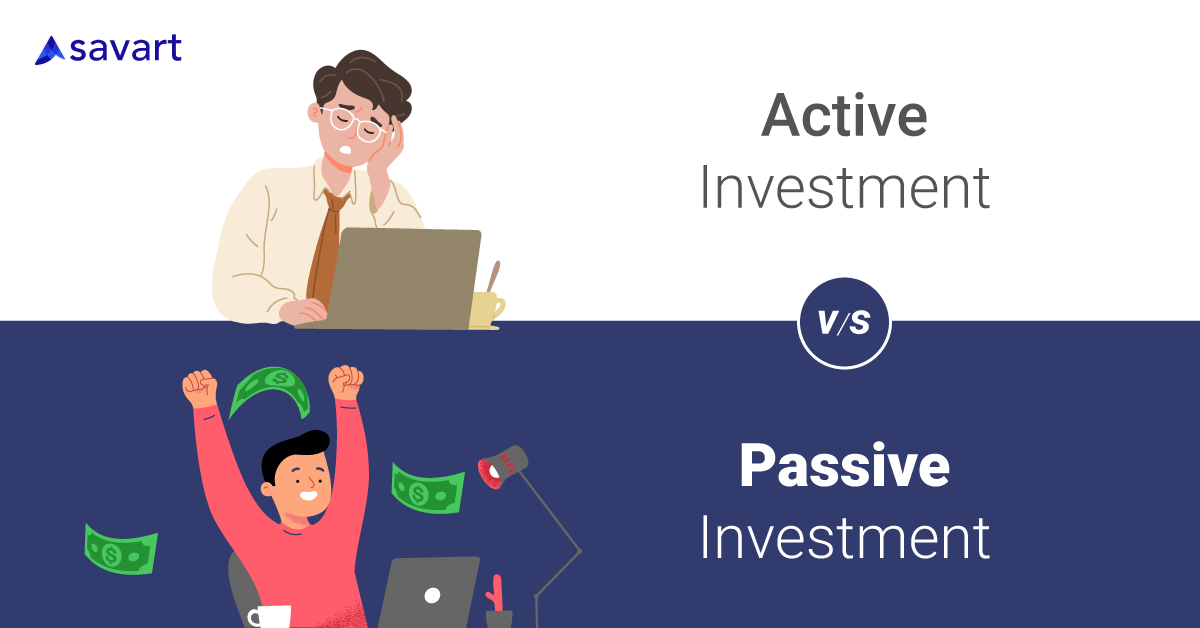RBI Prioritizes Economic Growth During Dec Policy Meet
The Reserve Bank of India (RBI) kept the policy repo rate unchanged at 4% during the December MPC (Monetary Policy Committee) meeting this year. The Repo rate is the rate at which RBI lends to commercial banks. It is an instrument used to regulate the availability of money in the market. RBI also kept the reverse repo rate unchanged at 3.35%. The reverse repo rate is the rate at which RBI pays interest to commercial banks when they park their excess fund with the central bank. In other words, reverse repo rate is the interest rate that RBI pays to commercial banks for parking their excess fund with it.
The RBI kept the repo rate and reverse repo rate unchanged during latest meeting against the market expectation as the market was expecting guidance towards lifting of reverse repo rate, but the RBI has kept the rates unchanged citing that the economy is on the path of recovery from the pandemic induced recession, and it still requires continued policy support to revive and sustain growth on a durable basis.
RBI reduced the repo rate at the onset of the pandemic from 5.15% to 4.40% in March 2020. It further reduced the repo rate to 4% in May 2020, when the pandemic intensified. The objective behind lowering the rate was to extend loans to banks at cheaper rate so that the banks can lend it forward to the required segment of the economy at lower rates. The rest of the global central banks also followed the same path.
The RBI kept the interest rates at lower levels for the last 20 months, supporting the economy to bounce back. In that process, inflation has also risen before it cooled off to some extent in the previous months, but the inflation expectations for Q3FY22 (October-December period) have been revised upside to 5.1% from 4.5% due to possible price hikes to be taken by the producers.
The RBI kept the interest rates at lower levels for the last 20 months, supporting the economy to bounce back. In that process, inflation has also risen before it cooled off to some extent in the previous two months, but the inflation expectations for Q3FY22 (October’21- December’21 period) have been revised upside to 5.1 % from 4.5% due to possible price hikes to be taken by the producers.
The accommodative (economy supportive) monetary policy helped the economy revive and prompted the rebound in demand combined with the lifting of restriction and faster vaccination. However, the recovery in demand did not follow through the supply side of the story due to supply-side challenges emerging from labour and logistic constraints. Thus, supply-side challenges in the backdrop of faster than anticipated demand recovery have led to high inflation.
Despite the near-term inflationary challenges emerging from the possible rise in end-consumer prices, RBI has given more priority to economic growth. Therefore, RBI has refrained from giving any guidance about lifting the reverse repo rate. The lifting of reverse repo rate would offer commercial banks to park more money with RBI at a higher interest rate. This would leave lower excess funds with commercial banks to lend it forward. Thus, a hike in reverse repo rate would anchor down the inflation from the elevated levels, but RBI has prioritized economic growth without losing sight of inflation considering the downside risks prevailing in the domestic economy.
RBI has outlined during the December’21 meeting that the downside risks to the outlook have risen on account of emerging variant of Omicron, elevated international energy prices, potential volatility in global financial markets due to faster normalization of monetary policy in advanced economies and prolonged supply chain bottlenecks. Thus, RBI governor cited that overarching priority is revival of growth without losing site of price stability as premature shift towards policy tightening can damage the process of economic recovery.
-

Individual investors engage in stock market activity for a variety of reasons, e.g., long-term gains, short-term gratification, experiencing daily highs/lows, learning, applying intellectual strategies, etc. Their approaches to achieving these objectives can be broadly classified as active or passive in terms of the time spent analyzing the markets and their frequency of transactions. Let’s understand […]
-

7 Common Investing Mistakes That Can Reduce Your Returns from the Market Investing is an exciting experience. But it can also overwhelm people, especially those who are starting afresh. By their very nature, stock markets go up and down – disciplined investors understand this, and develop strategies to reduce their risks during market lows (as […]

